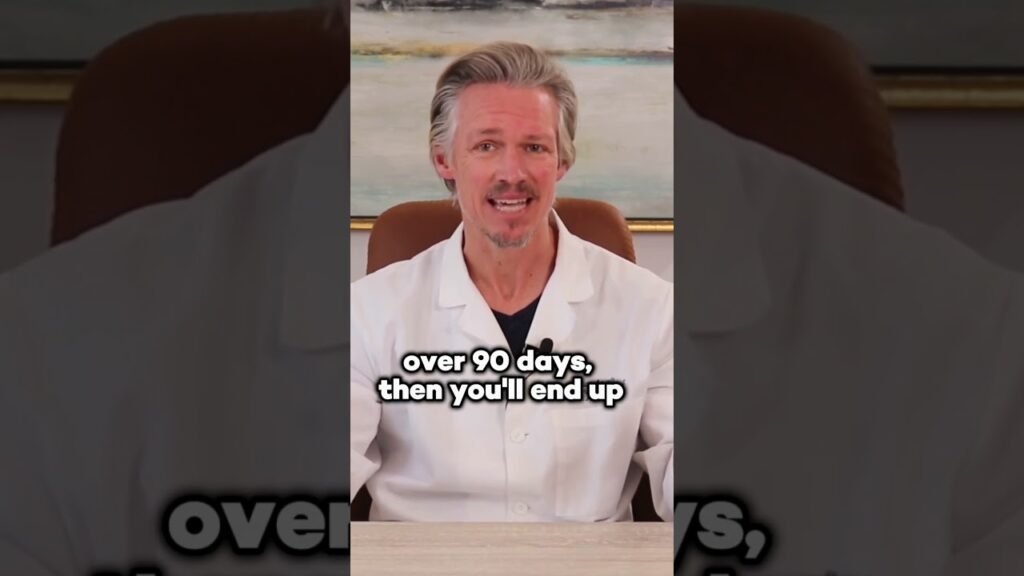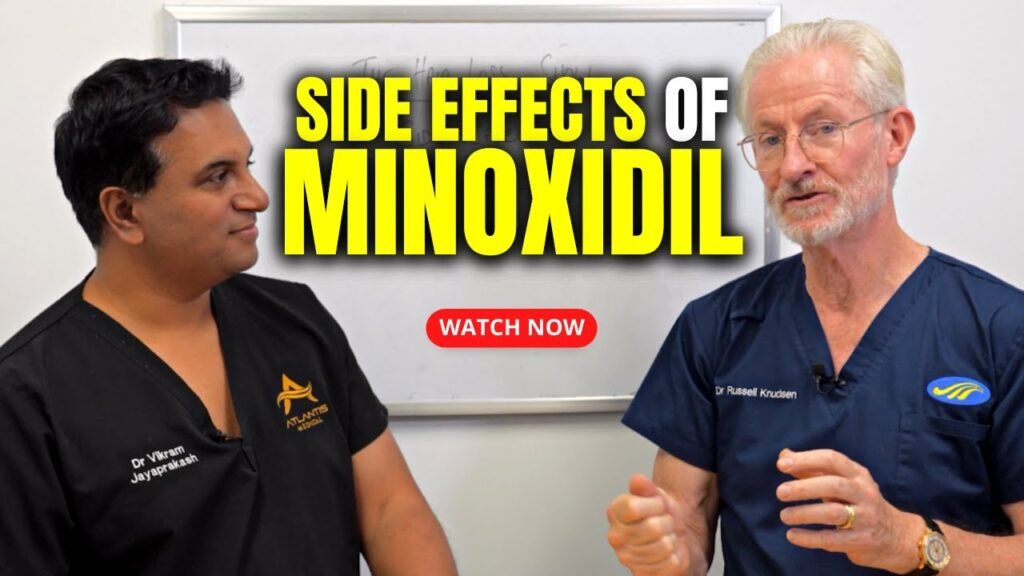Understanding Minoxidil: What Is It and How Does It Work?
Minoxidil is a well-known over-the-counter medication primarily used for promoting hair growth and slowing down hair loss. Originally developed as an oral medication for high blood pressure, its hair growth side effects led to the development of topical formulations. These are commonly found in the form of liquid solutions or foams and are applied directly to the scalp. Minoxidil is available in various strengths, most commonly 2% and 5%, and is marketed under brand names such as Rogaine. The drug is approved by the FDA for use in both men and women experiencing androgenetic alopecia, which is a genetic form of hair loss.
How Does Minoxidil Work?
The exact mechanism by which minoxidil promotes hair growth is not entirely understood, but it is believed to work by prolonging the anagen phase, or growth phase, of the hair cycle. Minoxidil acts as a vasodilator, meaning it widens blood vessels. This increased blood flow to hair follicles is thought to enhance follicular size and diameter, resulting in thicker strands of hair. Additionally, minoxidil is believed to stimulate hair follicles that have shrunk due to hormonal changes, thereby reviving dormant follicles and encouraging new hair growth.
When using minoxidil, consistency is key. Users typically need to apply the product twice daily for several months before noticeable results can be seen. Its important to note that minoxidil must be used continuously to maintain hair growth. Once the application is stopped, any new hair growth is likely to be lost, returning the hair to its pre-treatment state. For many users, minoxidil can be an effective component of a broader hair care regimen, providing a non-invasive solution to hair thinning and loss.
Immediate Side Effects of Stopping Minoxidil
Ceasing the use of Minoxidil, a popular topical treatment for hair loss, can lead to immediate side effects that users should be aware of. One of the most notable effects is the potential for rapid shedding of hair. This occurs because Minoxidil prolongs the anagen (growth) phase of the hair cycle, and stopping its use can cause hair follicles to return to their normal cycle. Consequently, users might experience a sudden increase in hair loss within weeks of discontinuing the treatment, as the hair adjusts to the absence of the drug.
Another immediate side effect is the potential for scalp irritation. While using Minoxidil, some individuals may develop a tolerance to its formulation, which often includes alcohol and propylene glycol. Discontinuing Minoxidil abruptly can lead to an imbalance in the scalps condition, resulting in dryness, flakiness, or itching. These symptoms are generally temporary but can be uncomfortable for those who are sensitive to changes in topical treatments.
Additionally, the cessation of Minoxidil may lead to a return of pre-treatment hair density. Users often notice that hair thinning resumes once the medication is stopped, as Minoxidil primarily works to stimulate hair growth rather than address the underlying causes of hair loss. This means that any progress made while using the treatment might be lost, leading to disappointment for those who were satisfied with their results. It is important for individuals considering stopping Minoxidil to consult with a healthcare professional to explore alternative solutions or strategies for managing hair loss effectively.
Long-Term Consequences of Ceasing Minoxidil Use
When individuals decide to stop using Minoxidil, a popular treatment for hair loss, they may encounter several long-term consequences that can impact their hair health. Minoxidil works by stimulating hair follicles, promoting hair growth, and prolonging the anagen phase of the hair growth cycle. However, discontinuing its use can lead to the reversal of these benefits. Over time, users may notice a gradual shedding of the hair that was maintained or regrown during treatment, resulting in a return to the previous state of hair thinning or loss.
One of the primary long-term consequences of ceasing Minoxidil use is the potential return to the baseline level of hair loss experienced before starting the treatment. This is because Minoxidil does not cure the underlying causes of hair loss, such as androgenetic alopecia. Instead, it temporarily mitigates the symptoms. Without the continued stimulation provided by Minoxidil, the hair follicles may revert to their original state, and any progress made during treatment can be lost. Users should be aware that the effects of Minoxidil are not permanent, and consistent application is often necessary to maintain results.
Moreover, stopping Minoxidil abruptly can lead to a noticeable increase in hair shedding, often referred to as «telogen effluvium.» This shedding occurs as the hair follicles adjust to the absence of Minoxidil and transition back to a natural growth cycle. While this shedding is usually temporary, it can be distressing for individuals who have become accustomed to fuller hair. It is important for users to manage their expectations and understand that ceasing Minoxidil may result in a temporary increase in hair loss before the hair stabilizes.
To mitigate the long-term consequences of stopping Minoxidil, some users may consider gradually tapering off the treatment rather than halting it suddenly. This approach allows the hair follicles to adjust more smoothly to the change, potentially minimizing the extent of shedding. However, its crucial for individuals to consult with a healthcare professional before making any changes to their hair loss treatment regimen. Understanding the potential long-term consequences of ceasing Minoxidil use can help users make informed decisions about their hair care strategy and set realistic expectations for their hair health journey.
Managing Hair Loss After Discontinuing Minoxidil
Discontinuing Minoxidil, a popular treatment for hair loss, can sometimes lead to a noticeable increase in hair shedding. This is primarily because Minoxidil works by prolonging the anagen phase of hair growth, and once you stop using it, the hair follicles may revert to their natural cycle. To manage this transition, its essential to adopt strategies that support hair health and potentially mitigate the effects of stopping the treatment.
Maintain a Healthy Diet
One of the most effective ways to manage hair loss after discontinuing Minoxidil is by maintaining a nutrient-rich diet. Hair health is significantly influenced by vitamins and minerals such as biotin, zinc, and iron. Incorporating foods like leafy greens, nuts, seeds, and lean proteins can provide the essential nutrients needed to support hair growth and strength. Additionally, staying hydrated is crucial, as it helps in maintaining a healthy scalp environment.
Consider Alternative Treatments
If you are experiencing significant hair loss after stopping Minoxidil, exploring alternative treatments may be beneficial. Options such as low-level laser therapy (LLLT), natural supplements, or topical serums containing ingredients like saw palmetto or caffeine may help in promoting hair regrowth. Consulting with a dermatologist or a trichologist can provide personalized recommendations tailored to your specific needs, ensuring that any new treatment is safe and effective for your situation.
Implementing a gentle hair care routine can also play a vital role in managing hair loss. Avoiding excessive heat styling and harsh chemical treatments will reduce stress on the hair shafts. Opt for sulfate-free shampoos and conditioners that are designed to strengthen and nourish hair without stripping it of natural oils. Regular scalp massages can also enhance blood circulation, promoting a healthy environment for hair growth.
Alternative Treatments to Consider When You Stop Using Minoxidil
When deciding to stop using Minoxidil, many individuals seek alternative treatments to maintain or stimulate hair growth. One popular option is natural oils, such as rosemary oil, peppermint oil, and lavender oil. These essential oils have been praised for their potential to enhance scalp health and promote hair growth. Rosemary oil, in particular, is known for its ability to improve circulation to the scalp, potentially encouraging hair follicles to produce thicker strands. To use, simply dilute a few drops in a carrier oil like coconut or jojoba oil and massage into the scalp regularly.
Another alternative treatment to explore is dietary supplementation. Nutrients like biotin, zinc, iron, and vitamins A, C, and E are crucial for healthy hair growth. Biotin, also known as vitamin B7, is especially popular due to its role in keratin production. Keratin is a key protein in hair structure, and a deficiency can lead to hair thinning. Taking a daily supplement that includes these essential vitamins and minerals may support hair health and growth from the inside out. Always consult with a healthcare provider before beginning any new supplement regimen to ensure it is safe and appropriate for your needs.
For those interested in a more scientific approach, low-level laser therapy (LLLT) offers a non-invasive solution. LLLT involves using laser devices that emit low levels of light to stimulate hair follicles and improve hair density. These devices, often in the form of combs or helmets, can be used at home and have shown promising results in some studies. While the exact mechanism is not fully understood, LLLT is thought to increase blood flow and stimulate cellular activity in the scalp, potentially leading to improved hair growth.


